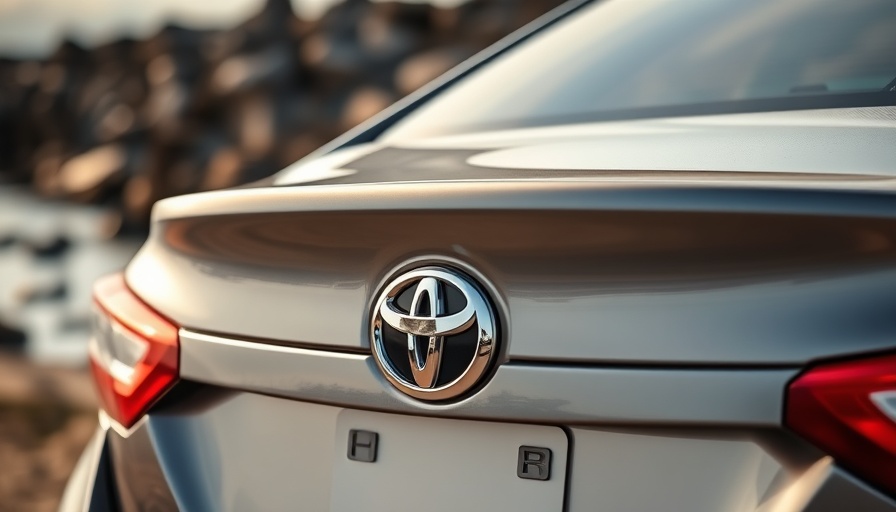
The Rising Cost of New Cars: Understanding the Shift
The automotive market is witnessing a concerning trend: prices are on the rise, and manufacturers such as Toyota and Lexus are at the forefront of this change. Starting in July, consumers can expect an average price hike of $270 across Toyota’s lineup, while Lexus vehicles will see an increase of approximately $208. This follows a pattern where other automakers, including Ford and Subaru, have also raised prices, often attributing these changes to broader market conditions rather than solely external factors like tariffs.
Is It Tariffs Or Market Forces?
Despite the evident price increases, Toyota representatives have been cautious in their explanations, steering clear of directly linking these hikes to tariffs. With higher tariffs affecting imports, one might speculate that they play a role; however, the company has stressed that the adjustments are part of a regular pricing review process. This reluctance to mention tariffs mirrors concerns across industries where mentioning them has provoked backlash from government officials, as seen with Walmart earlier this year.
Comparative Pricing Trends: What Other Brands Are Doing
While Toyota and Lexus are significantly impacting the landscape, they aren't alone. Other manufacturers are similarly adjusting their pricing strategies. Ford’s recent price adjustments, for example, reflect ongoing economic pressures and supply chain disruptions, creating a sentiment of inevitability among consumers. Subaru, Mitsubishi, and even luxury brands like Ineos are implementing similar price hikes, indicating a wider trend within the industry.
What This Means for Consumers
For prospective car buyers, the time to act is now. With prices steadily climbing, consumers should consider making their vehicle purchases sooner rather than later to secure better deals before the new prices take effect in July. Understanding these market dynamics can help consumers navigate their buying decisions effectively. Being aware of the ramifications of ongoing economic trends, including inflation and supply chain issues, is particularly valuable for those considering investing in a new vehicle.
Future Insights: The Direction of Auto Pricing
As we move further into 2025, the future of automotive pricing remains uncertain but appears to be trending upwards. Consumers can expect continued fluctuations as manufacturers balance increasing production costs while striving to remain competitive in a challenging environment. Observing these price trends and remaining informed can equip buyers with the knowledge necessary to make prudent financial decisions regarding their future purchases.
The landscape of the automotive market is complex and ever-evolving. As prices per vehicle continue to rise, keeping abreast of these trends is crucial for prospective buyers. The narrative surrounding tariffs, pricing strategies, and raw material costs reflects a saga that will impact consumer choices significantly. Finally, it is worth noting the importance of dealer incentives, trade-in values, and financing options when planning a purchase, as these can help mitigate the overall cost amidst price hikes.
 Add Row
Add Row  Add
Add 




Write A Comment